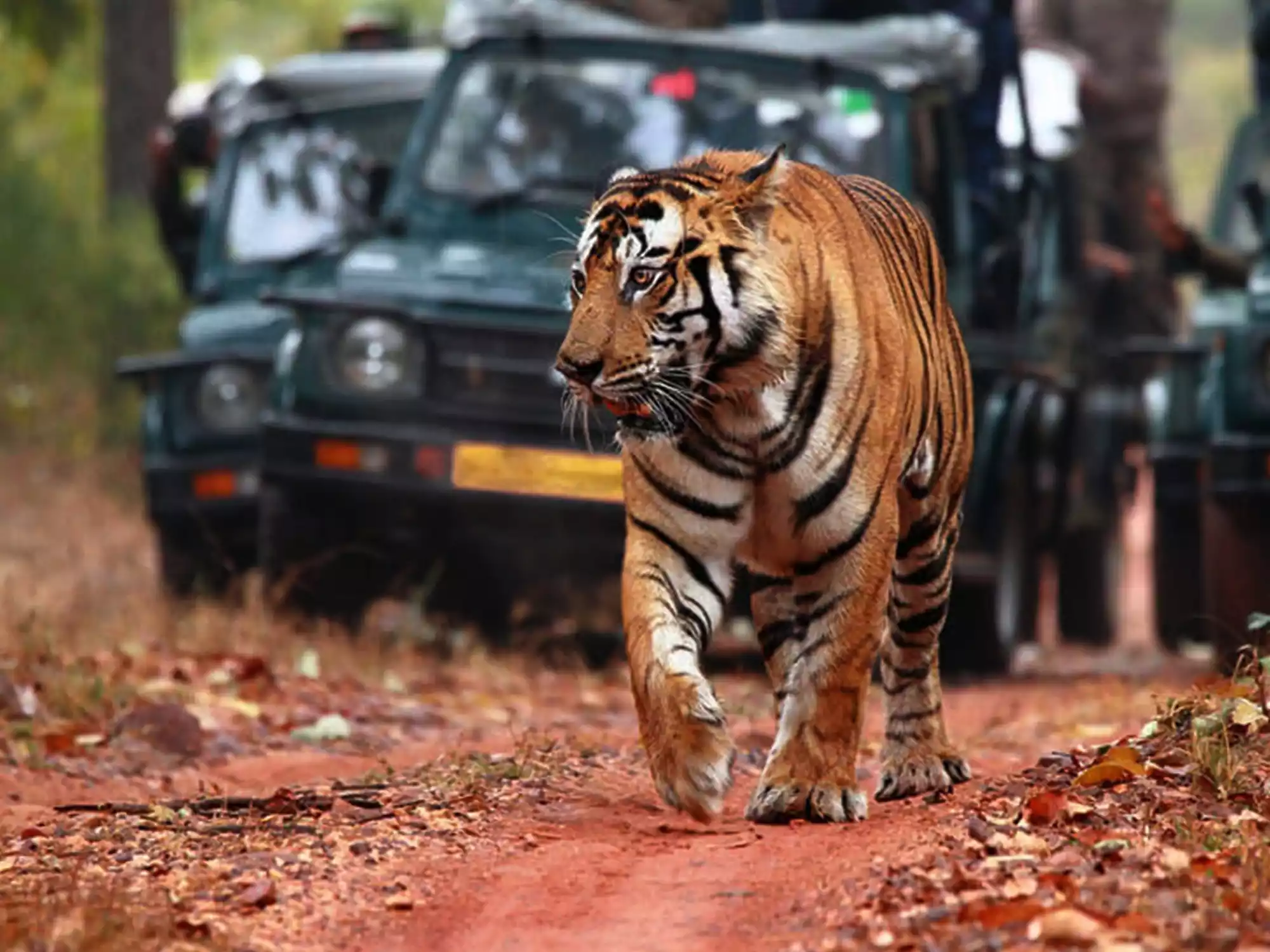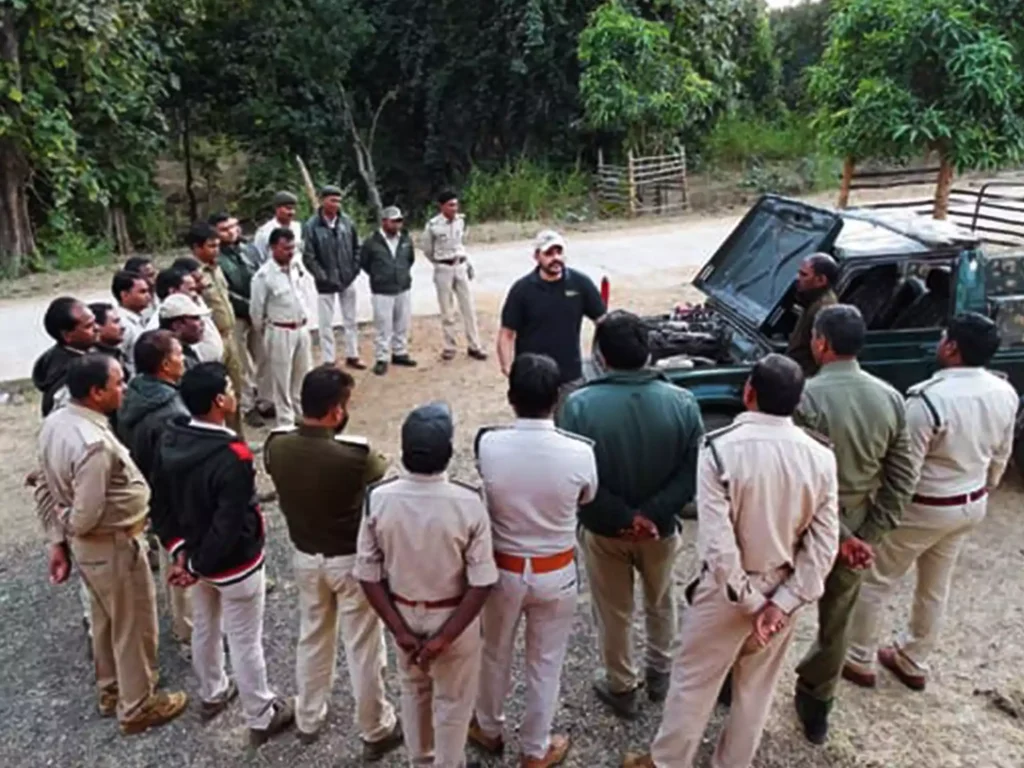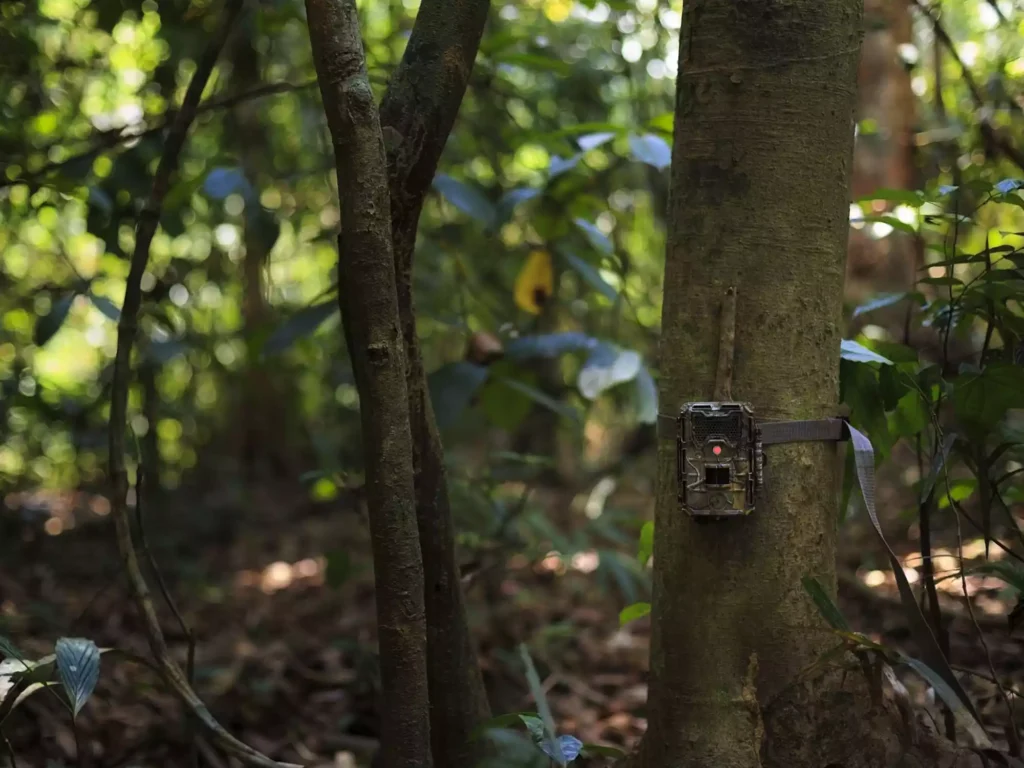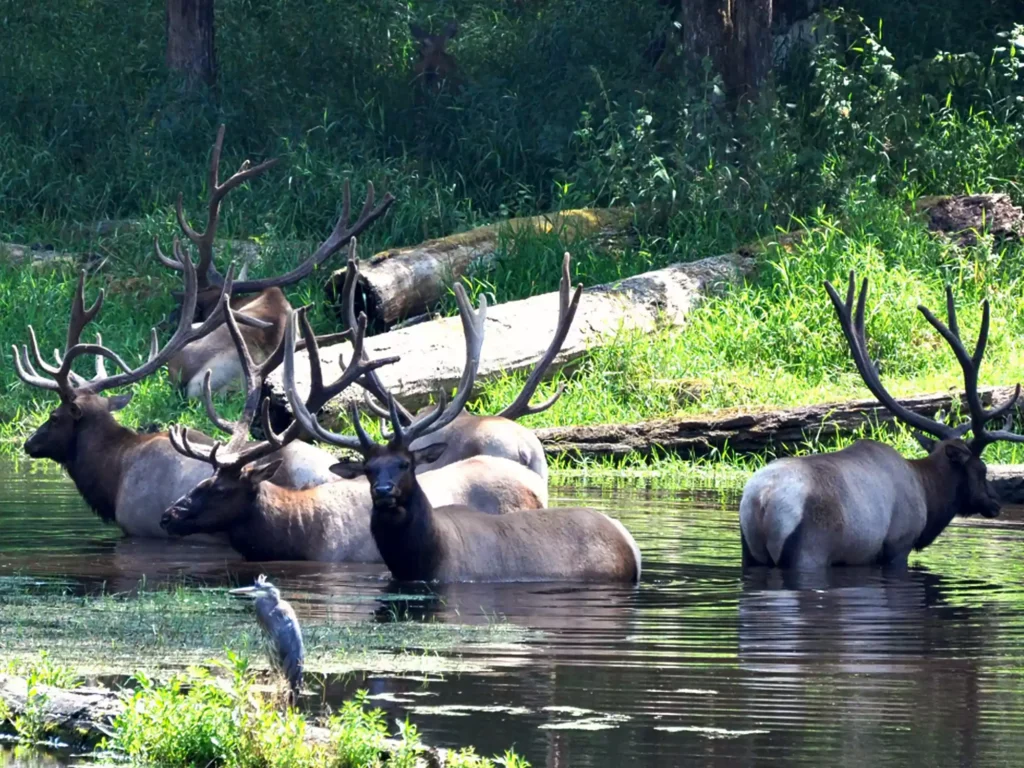Harmony in the Wild: Unveiling Conservation Endeavors and Ethical Wildlife Tourism in India

India is a country rich in biodiversity and known for its diverse landscapes. As a result, the country has always been at the forefront of global conservation efforts, and in recent years, there has been a growing urgency to protect our planet’s natural wonders. In this article, we will share insights into India’s conservation initiatives and responsible wildlife tourism practices, highlighting the country’s commitment to preserving its ecological heritage and promoting sustainable tourism.
Conservation Initiatives: A Tapestry of Commitment

India’s commitment to conservation is reflected in various projects that span the length and breadth of the country. One of the most well-known initiatives is Project Tiger, launched in 1973, which focuses on preserving the majestic Bengal tiger and its habitats. Over the years, this project has witnessed significant success, with tiger populations showing encouraging signs of recovery.
Complementing this endeavour is Project Elephant, aimed at safeguarding the Asian elephant population. These initiatives, along with various species-specific conservation programs, underscore India’s dedication to addressing the multifaceted threats posed by poaching, habitat loss, and human-wildlife conflict.
Furthermore, national parks and wildlife sanctuaries provide safe havens for diverse flora and fauna. From the snow-clad peaks of the Himalayas to the mangrove-lined coasts of the Sundarbans, these protected areas serve as crucibles for conservation, fostering the revival of endangered species and preserving the delicate balance of ecosystems.
Responsible Wildlife Tourism: Nurturing Nature’s Beauty with Care

With the surge in wildlife tourism, there exists the potential for unintended harm to fragile ecosystems. Recognizing this delicate balance, India is increasingly steering towards responsible wildlife tourism practices.
Protected areas implement stringent guidelines to regulate visitor activities, ensuring minimal environmental impact. This includes rules governing the distance maintained from wildlife, the prohibition of littering, and guidelines for ethical behaviour in natural habitats. Education forms a crucial component of this strategy, enlightening tourists about the importance of their role in preserving the sanctity of these natural wonders.
Moreover, the introduction of eco-sensitive zones around protected areas aims to mitigate the adverse effects of tourism on biodiversity. These zones serve as buffers, allowing for the coexistence of human activities and wildlife conservation.
You may also like: Travel To The Offbeat- Find The New You!
Community Involvement: Bridging the Gap Between Conservation and Livelihoods

Conservation in India has evolved beyond traditional paradigms, recognizing the symbiotic relationship between natural ecosystems and local communities. To ensure the sustainability of conservation endeavours, initiatives are underway to actively involve and empower these communities.
Community-based ecotourism projects are gaining prominence, offering residents economic opportunities while fostering a sense of guardianship over their natural surroundings. By involving communities in the management and benefits of tourism, India is not only promoting environmental stewardship but also contributing to the socio-economic development of regions surrounding protected areas.
Challenges and Future Prospects: The Road Ahead

While strides have been made in conservation and responsible tourism, challenges persist. Rapid urbanization, climate change, and the ever-present threat of poaching demand continuous vigilance and adaptive strategies.
Looking ahead, India’s conservation landscape is poised for innovation and collaboration. The integration of technology, citizen engagement, and international partnerships will play pivotal roles in shaping the future of wildlife conservation. Harnessing the power of public awareness and collective action, India aims to fortify its position as a global leader in biodiversity conservation.
You may also like: 10 Best Offbeat Jungle Safaris of India
Conclusion: Crafting a Sustainable Legacy

India’s narrative of conservation and responsible wildlife tourism is a testament to the nation’s commitment to safeguarding its natural heritage. By sharing insights into these endeavours, we illuminate the path forward—a path that harmonizes the aspirations of a growing nation with the imperative to preserve the splendour of its wilderness. As we navigate this delicate balance, we collectively contribute to the creation of a sustainable legacy that transcends generations, fostering a world where humanity and wildlife coexist in harmony. So, if you’re planning a wildlife tour, India is the perfect destination, offering a unique and responsible way to experience nature’s beauty while preserving it for future generations.




2 Comments
2 Replies to “Harmony in the Wild: Unveiling Conservation Endeavors and Ethical Wildlife Tourism in India”